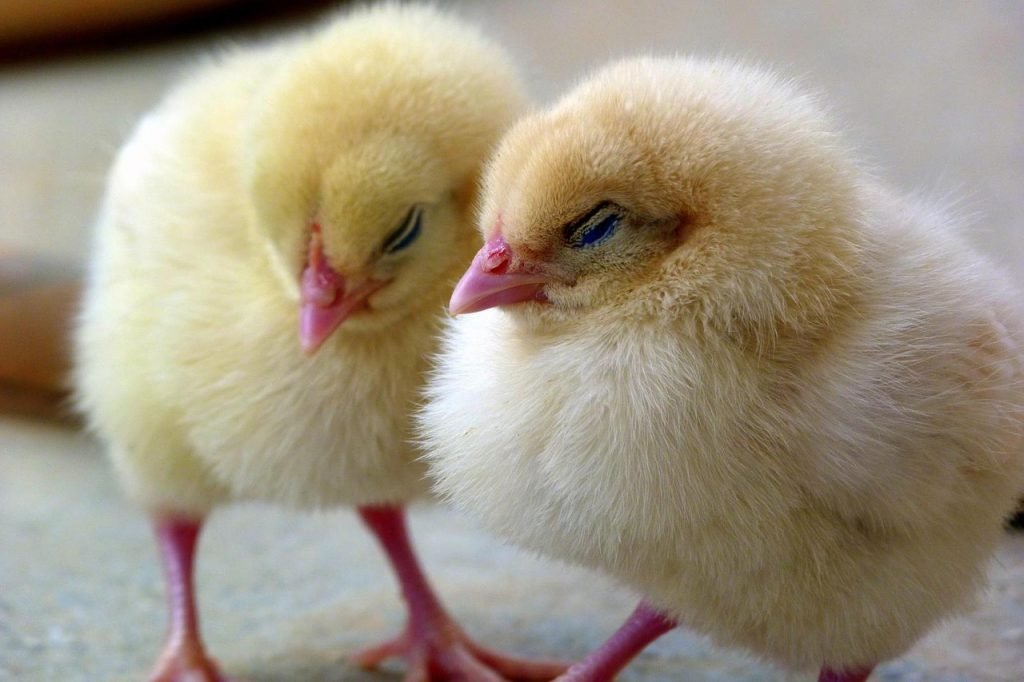For any poultry farmer to have a good yield, immunization of the birds is an important management practice.
vaccinating your birds, broilers, layers, cockerels, or others will help to prevent and control poultry diseases.
There are different methods of immunization and vaccines applicable to different diseases of the poultry.
What is Vaccination?
Vaccination is the act of inducing the production of antibodies (disease fighters) through the administration of a vaccine.
A vaccine is a preparation of killed, living, and attenuated (modified or weaken) or living virulent microorganism which when placed on the body of the birds produces or increases immunities (resistance) to a particular disease.
Methods of Immunization
A vaccine can be administered in different ways, but depending on the vaccine and the disease, a method may be more suitable for a vaccine and disease than others.
- Intraocular vaccination – This is the administration of vaccines through the eyes. For example Newcastle disease vaccination of birds at a day old.
- Intramuscular vaccination – This is the administration of vaccines through the muscles of the birds. This method is very common since it’s effective. The birds are injected into the breast muscle. Similar to this is the subcutaneous vaccination where the injection will be administered to the underneath of the birds’ skin.
- Oral vaccination – This is administered via drinking water, as in the case of Newcastle vaccination popularly known as NDV/K=KUMOROV. This method is also referred to as drinking water vaccination. It is a common method of treating Gumboro.
- Wing web vaccination – This vaccination is administered through the wing web by puncturing the wings, for example, fowlpox vaccination.
- Nasal vaccination – This is administered through the nostrils by the dust method.
- Spray Vaccination – This is administered by spraying the birds. It is usually administered to prevent or control respiratory diseases, IBD, Newcastle, coccidiosis, etc.
The most popular methods of vaccine administration are through drinking water, intramuscular, and wing web.
Vaccines usually come with instructions as to the method of administration, so you should follow the instruction on the leaflet of the drug.
Important Tips to make Poultry Vaccination yield good results
Vaccination can make or mar your poultry birds, therefore you should be careful with it.
The following tips will help to ensure vaccination does not go wrong with your birds.
- Always follow the instructions (the manufacturer’s instructions) that come with the vaccine.
- It is also advisable to ask for the sources of the birds that are purchased to know whether birds have been previously vaccinated. If they have, it will be hazardous to vaccinate the birds again.
- Birds should not be vaccinated when they are off feed or when they are diseased or have just moved. Except when so recommended.
- One vaccination should not immediately follow another. vaccines should be used for only the number of birds indicated on the vaccine vial.
- Vaccines should be kept frozen and not opened until ready for use.
- Only fresh clean water without sanitizer like chlorine or recommended diluents should be used for mixing vaccines.
- For vaccination in water, starve the birds of water for at least 2 to 3 hours before giving the water containing the vaccine, so that almost all the birds will be thirsty enough to drink water.
- Add provided milk (tablespoonful) or liquid milk (4-5 tablespoonfuls per 7 liters of water).
- Provide enough water with a vaccine to allow birds to continue to drink the water for a maximum period of 30 minutes, but not less than 15 minutes.
- The vaccines should be mixed thoroughly before use. Mixing should however not be by violent shaking.








